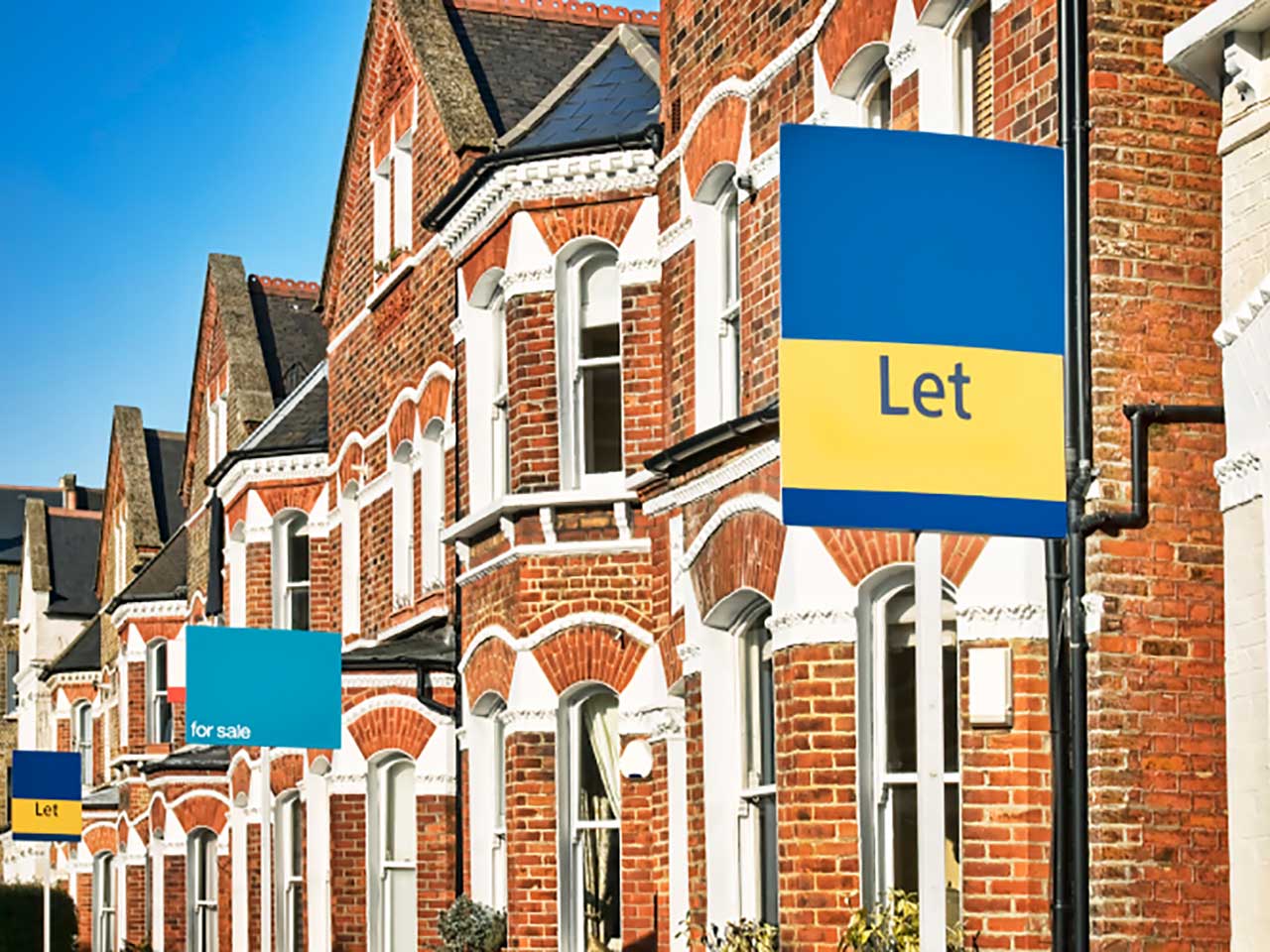The Buy-to-Let investment market is increasing again with many lenders introducing new Buy-to-Let mortgage products with good interest rates. So, is Buy -to Let still a good investment?
Presently, the buy – to let market seems very strong, being driven by young people renting because they’re struggling to get on the property ladder - often due to their inability to raise the necessary deposit to buy their own home with ever escalating property values.
A recent survey, by ‘Shawbank,’ showed that a third of the UK’s residential landlords were looking to expand their property portfolios in the next 12 x months. Around the same percentage of landlords suggested that they wouldn’t be averse to looking at more rural locations and properties that offered good living space and gardens. This marks the changing lifestyle of working people, during the Covid pandemic, where more and more employees are working from home and require an out-door recreational space.
Don’t rush into a buy - to – let investment before you have given it a serious amount of consideration. It shouldn’t be considered a ‘get rich quick scheme.’ Property values can slow and even go down, as we saw during 2008 / 2009. However, as a long-term proposition, a carefully chosen buy-to – let can make a good investment. This is illustrated by the fact that, even when taking into account inflation, house prices have increased by well over 100% in the last 38 years!
Besides the – hopefully escalating property value, the other part of the investment to consider is the rental income that you will receive; this is known as your ‘yield’ and your annual ‘net’ yield is the rental income you receive, less mortgage / loan repayments, repairs / maintenance, letting agent fees (if you use one) and of course the periods when the property is empty. Across the UK, rents have increased 1.6% year on year with certain areas, like the Midlands, seeing a growth of more than 2%. This sounds great BUT you need to consider how any additional rental income might affect your income situation and plan around it accordingly. Since April 2020, you can no longer deduct your mortgage expenses from your rental income; instead, you receive a tax credit based on 20% of the mortgage repayments. This can be less generous to higher rate taxpayers. You also need to consider that you need the ability to ‘fund’ empty periods – which will arise from time to time.
Your success in letting your property and the yield that you receive will depend on location, condition of property, size of property and amenities. It doesn’t necessarily follow that the bigger the property the higher the yield. You need to decide on the market you are aiming for. For example, is your market students or perhaps professional couples / families moving into the area and renting whilst they look to purchase? In my experience, terrace houses with outside parking and a garden at the rear are always easy to let if near universities and hospitals since they appeal to young students, families and nurses alike. The rent received for such a home isn’t much less than that yielded from a more expensive, 3-bedroom semi-detached house within the same area!
Whilst I wouldn’t rule out flats, most are leasehold and present additional expenses in the form of shared costs such as the maintenance of a car park, driveway, roof repairs, stairwell and lift maintenance - all of which serve to diminish your yield. You are also reducing your potential market too. For example, most young families like a garden / outside space.
In terms of financing a buy-to-let, you could use savings or consider re-mortgaging your family home. Either way, for a buy-to-let mortgage, you will require a minimum of a 25% deposit. Don’t forget that the greater the deposit, the better the interest rate and this will naturally have an impact on your rental yield.
There will also be additional costs, as with any new property purchase. Besides the deposit, you will need to factor into your budget a survey, stamp duty, legal, administration and property insurance fees. The property might also require work to get it ‘rental ready.’ Gas and electric safety cheques and certificates are mandatory and an annual requirement and if you are going to let the property furnished, all furniture and furnishings have to be compliant to the latest fire and safety regulations. Tennant’s deposits must be paid into a government, tenancy deposit scheme within 30 days of receipt.
We would advise that you use a reputable letting agency. Whilst their fees erode your yield, the piece of mind that they offer, in terms of getting issues sorted and the time and trouble that they save you can make the costs well worth it. In most cases, not only will they sort out an inventory, lease agreements as well as all necessary safety certificates on your behalf, but also, they will ‘vet’ potential tenants and conduct regular property cheques and have a maintenance team to sort out any issues. They’re very much a ‘go between’ – between you and the Tenant – shielding you from calls morning, noon and night!
For further information on ‘Buy-to -Let’ mortgages talk to Dunham McCarthy for some independent advice.




